Python Pandas Tutorial – Learn Pandas For Data Science in 7 Mins
Free Pandas course with real-time projects Start Now!!
Do you want to get started with Data Science? Do you want to analyze huge sets of data? And do you want to manipulate spreadsheets and CSVs with just a few lines of code?
Then Pandas is the library you are looking for. It is easily one of the most sought after libraries for python, and it has a relatively easy learning curve.
So what are you waiting for? Take this Python Pandas tutorial and grab all the knowledge required to master in Data Science.
Pandas play an important role in Data Science. This Python pandas tutorial helps you to build skills for data scientist and data analyst.
This Python Pandas tutorial contains many topics which will help you to gain an overall knowledge of Pandas. Let’s start with a very basic question-
What is Pandas?
Data is an integral part of our current world. It helps us predict various events and gives a certain direction to our lives.
Pandas help us control and manipulate such data.
Thus without a grasp over the knowledge of Pandas, you can completely forget about trying to become a Data Scientist or Data Analyst.
Pandas are an essential tool for a beginners journey to work with data.
Pandas provide essential data structures like series, dataframes, and panels which help in manipulating data sets and time series.
It is free to use and an open source library, making it one of the most widely used data science libraries in the world.
Pandas possess the power to perform various tasks.
Whether it is computing tasks like finding the mean, median and mode of data, or a task of handling large CSV files and manipulating the contents according to our will, Pandas can do it all.
In short, to master data science, you must be skillful in Pandas.
How to Install Pandas?
Let’s start our Python Pandas tutorial with the methods for installing Pandas.
1. Install Pandas with Anaconda
This is the easiest method to get pandas on your system, and it is recommended for new and inexperienced users because you get a lot of other important libraries like NumPy and SciPy too.
Just head over to https://www.anaconda.com/distribution/#windows
And download the version you are interested in. After downloading the installer, all you have to do is follow a simple setup procedure.
The installer does all the work for you and after it is over, you can easily access the Pandas library.
2. Install Pandas with pip
This is also a simple method. One will have pip on their system if they have Python 2 version greater than or equal to 2.7.9 or a python 3 version greater or equal to 3.4.
If you have pip then go ahead and type the command in a terminal or command prompt:
pip install pandas
Key Components of Pandas
Pandas Series- A series in Pandas can be thought of as a unidimensional array that is used to handle and manipulate data which is stored in it.
Pandas DataFrame- This is a data structure in Pandas, which is made up of multiple series.
Mainly, a Pandas DataFrame can be compared to a two-dimensional array. These are heavily used to store and manipulate data.
Pandas Library Architecture
This Python Pandas Tutorial is incomplete without library architecture. So, let’s discuss the file hierarchy in pandas.
- pandas/core: Consists of data structures about the Pandas library.
- pandas/src: Holds the basic functionality of Pandas depend on certain algorithms. They are usually written in C or Cython.
- pandas/io: Carries the tools to input and output, files, data, etc
- pandas/tools: Codes and algorithms for various functions and operations in Pandas. For example: Merge and join, concatenation, etc.
- pandas/sparse: Carries the sparse versions, i.e., the versions made to handle missing values of various Data Structures in Pandas.
- pandas/stats: Contains functions related to statistics, like linear regression
- pandas/util: Consist of testing tools and various other utilities to debug the library.
- pandas/rpy: Consists of an interface which helps to connect to R. It is called R2Py
Python Pandas Operations
In this part of the Python Pandas tutorial, we are going to perform some of the important functions and operations used in Pandas-
1. Slicing
You can slice or cut DataFrames to get parts of data according to your wish. It helps in filtering out the data which is essential to you.
Example – If we have a series data structure called “ser” consisting of [1, 4, 6, 7, 3, 8]
Then with the command ser[0:3] we can slice the data set to give us the first three items [1, 4, 6]
2. Merging and Joining
Merging, as the name says, helps to merge multiple datasets. One can even choose columns which they want to keep common between two sets.
But merging can only work columnwise. To add index-wise we use Join.
Example –
If set A is:
And set B is:
On merging them we get:
3. Concatenation
Pandas Concatenation basically sticks two datasets to form one, row-wise.
Example –
Let set A
And set B
After concatenation:
4. Index changing
We can change the index of any dataframe. This will help us to manipulate better.
Example –
In this data set, we can choose the index column to be any of the columns. Like “Item no” and index it.
5. GroupBy
This function has various uses, mostly used to group data together, based on a condition.
Example –
Using the groupby function, we can group the vegetables and fruits:
6. Data Munging
It helps us to convert data of one form to another. For example: Converting a CSV to HTML.
Features of Pandas
Python Pandas have a lot of features. The most critical ones would be:
- Data manipulation: Pandas provides a lot of functions and features to perform various kinds of operations on datasets.
- Handling Missing Values: Datasets are imperfect and contain a lot of data that is missing. This is handled efficiently by the library.
- File format support: Various forms of files are supported by Pandas for both input and output purposes.
- Data cleaning: Data can be very messy. Pandas provide a variety of tools which help in cleaning up data and make it usable for data analysis.
- Visualize: You can see the results of your data analysis with Pandas, visually. This helps you to understand your results better.
- Python support: Pandas runs alongside Python. Which gives us access to other libraries for Python, like NumPy, SciPy, and MatPlotLib.
Application of Pandas
This part of Python Pandas tutorial tell you where exactly Pandas are used-
1. Data Analysis
It is one of the essential uses of Pandas. The library is capable of handling huge sets of data. It is suitable for analyzing huge amounts of data.
The manipulations capabilities allow us to clean and filter data which we can analyze easily.
Some sectors which use data analysis with Pandas are:
- Economics: A lot of economics depends on analyzing data and trying to find trends and similarities. Pandas are very helpful in this.
- Statistics: Pandas provides a lot of functions to perform various statistical operations.
- Web–Analytics: Pandas can help to read and analyze the traffic of a website to provide helpful insight and improve the website in various ways.
2. Machine Learning
It helps to render data for a model to learn and predict results. Without Pandas, machine learning models would not be able to read data efficiently.
The ability to import data and analyze it is extremely essential. Where it is use-
- Recommendations: Only because of machine learning websites like Netflix and Spotify provide excellent recommendations for their users.
- Finance: Machine Learning can be used to predict stocks. Pandas is used to handle data of previous stock market dealings which help to predict the future dealings.
- Natural Language Processing (NLP): Using machine learning to understand the human language and its intricacies.
List of Companies using Pandas
Every company delving into data science with python has to use Pandas. Some of the notable ones are:
- Uber
- IBM
- AppNexus
- JP Morgan Chase
- Goldman Sachs
- Spotify
- Pepsico
- AQR Capital Management
- Vital labs
Python Interview Questions on Pandas
- What is Pandas in Python?
- Where are Pandas used in Python?
- What is the difference between NumPy and Pandas?
- What does Pandas Stand for in Python?
- What is the best thing about Pandas in Python?
Conclusion
Hopefully, this introduction to Pandas has helped you to understand the power of the library.
Pandas is an essential library for any data scientist or machine learning enthusiast.
Both of these streams are extremely lucrative and interesting sectors and are booming currently.
Therefore learning Pandas has become of utmost importance. Now, its time to dive into Pandas, take this best books to learn Pandas.
Did you know we work 24x7 to provide you best tutorials
Please encourage us - write a review on Google
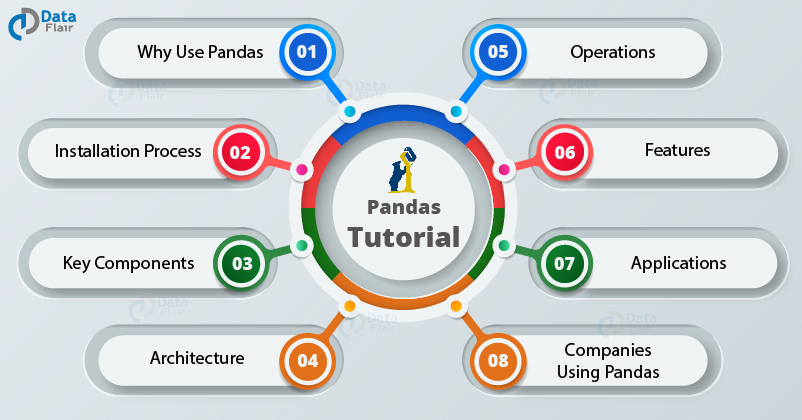
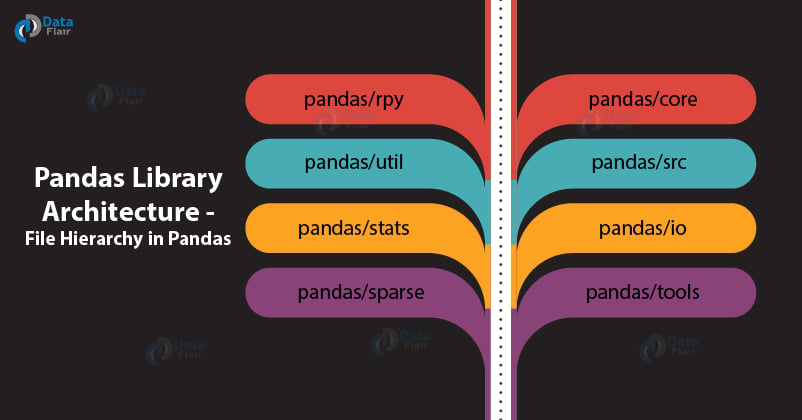


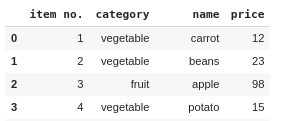

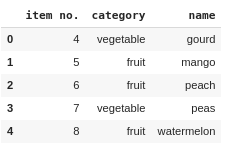
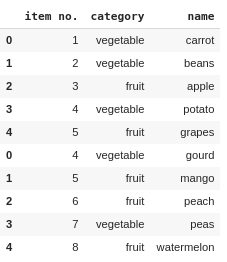
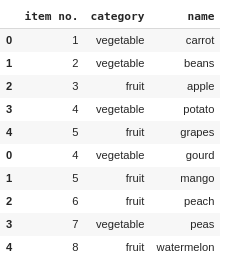
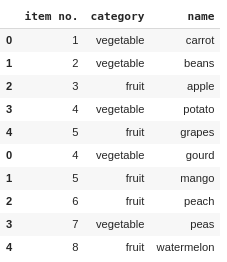
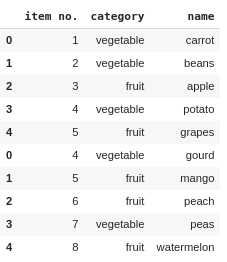
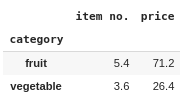


It’s a great platform to learn Machine Learning. The content provided is Amazing and very useful.
This is excellent. Thank you.